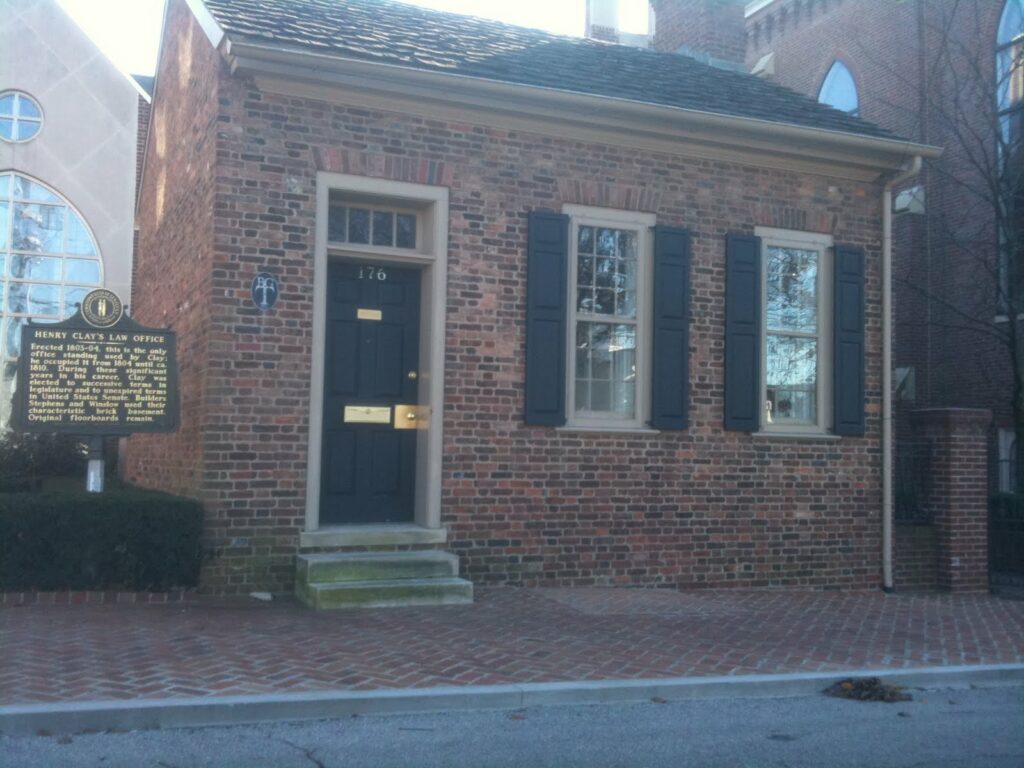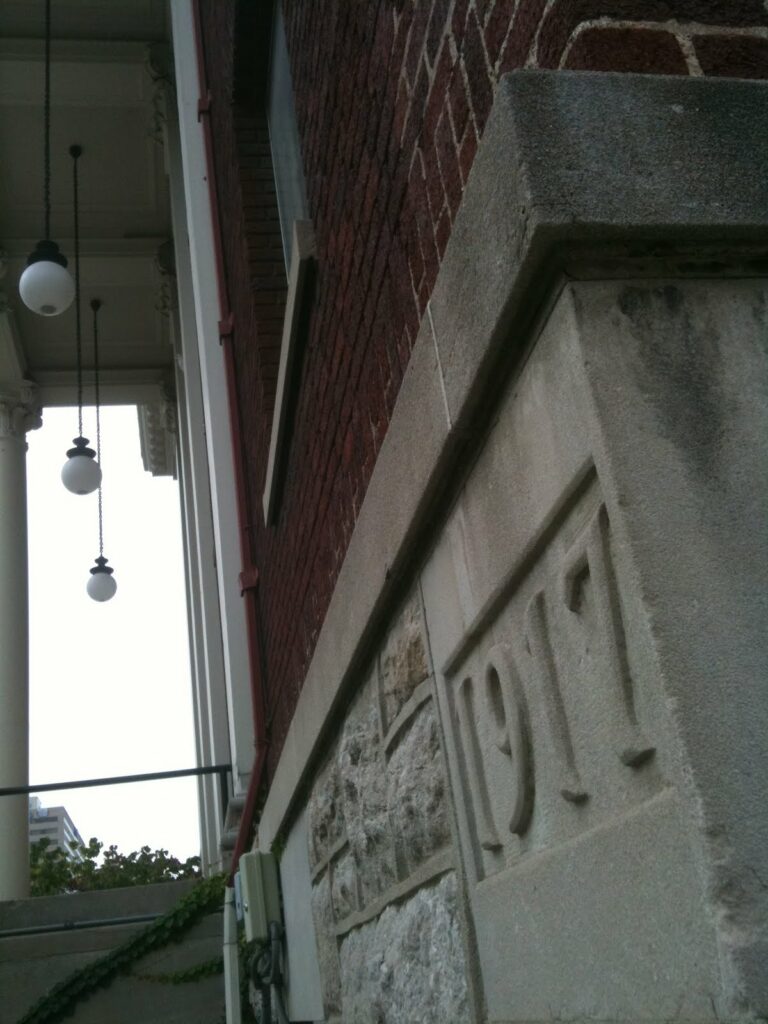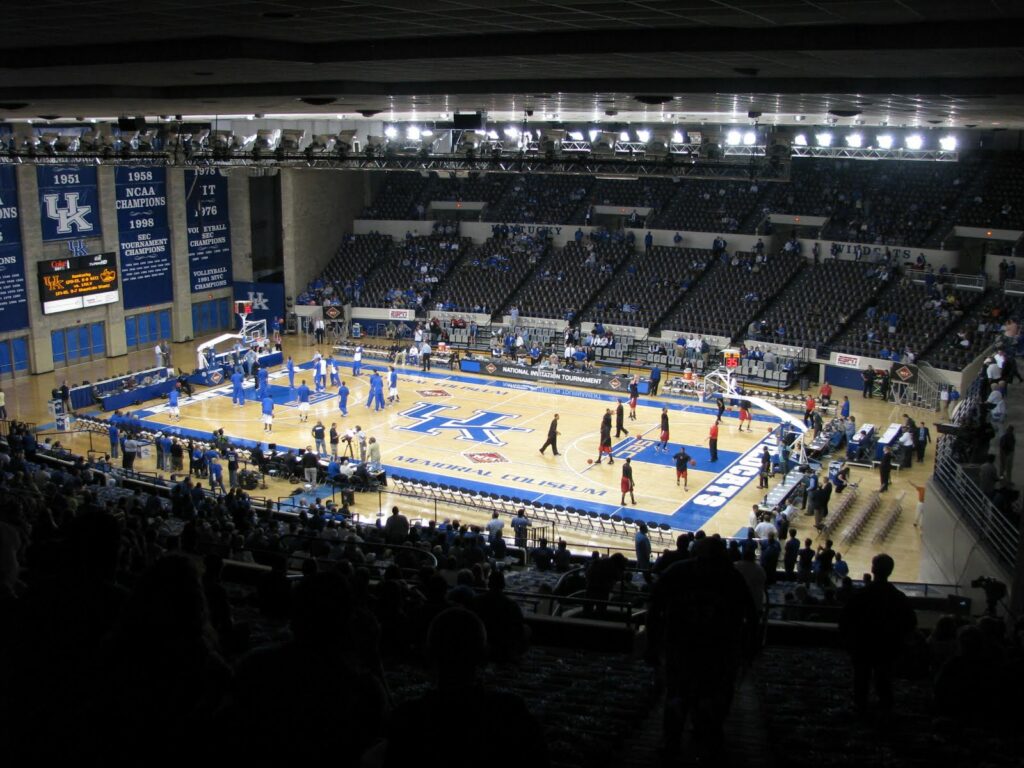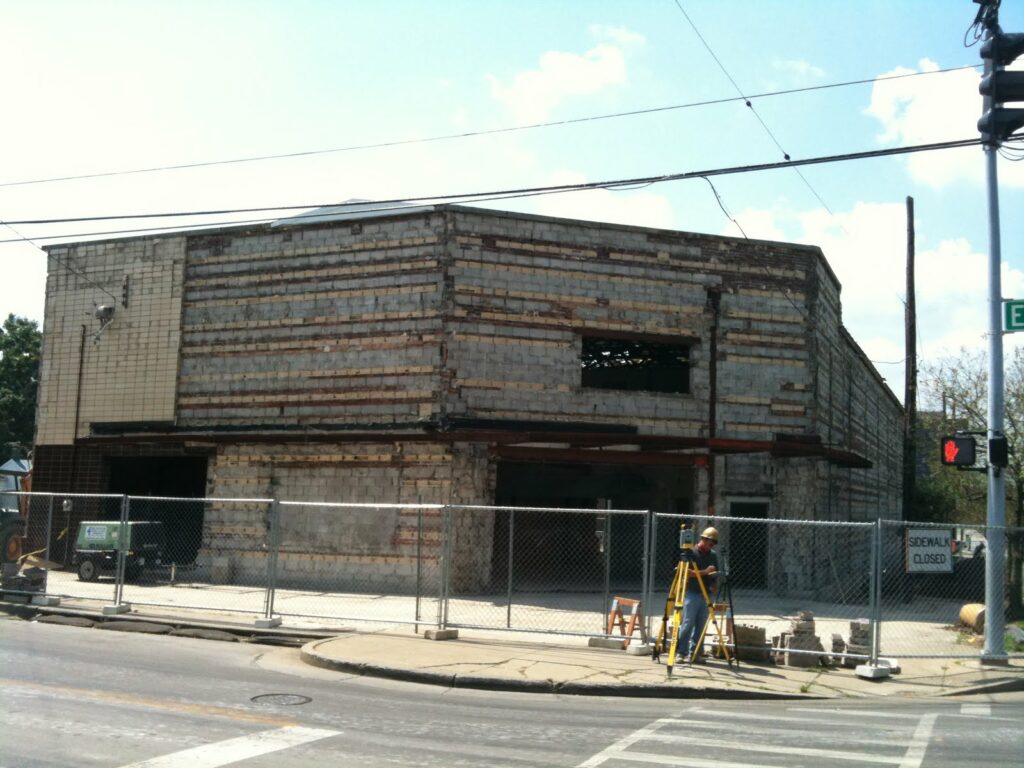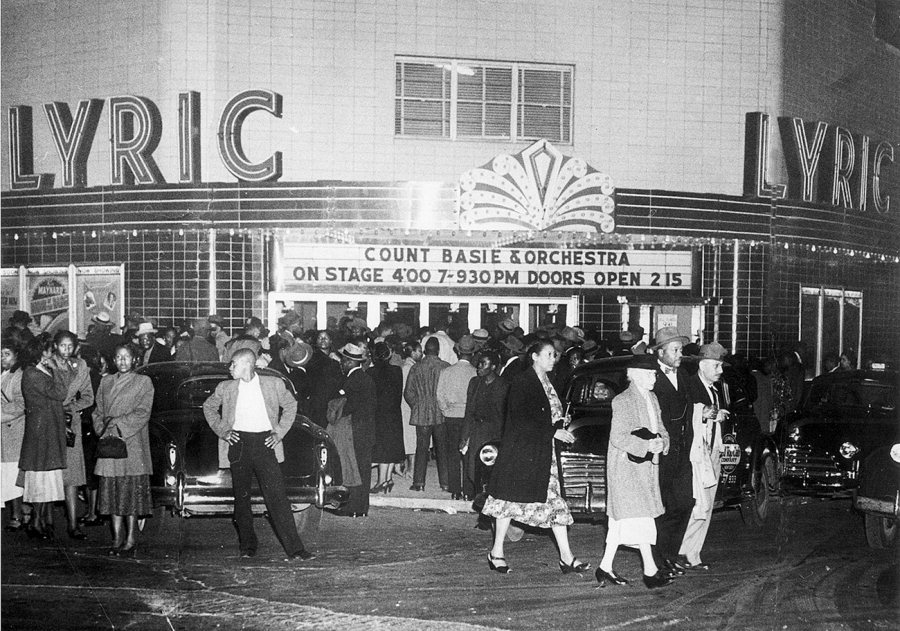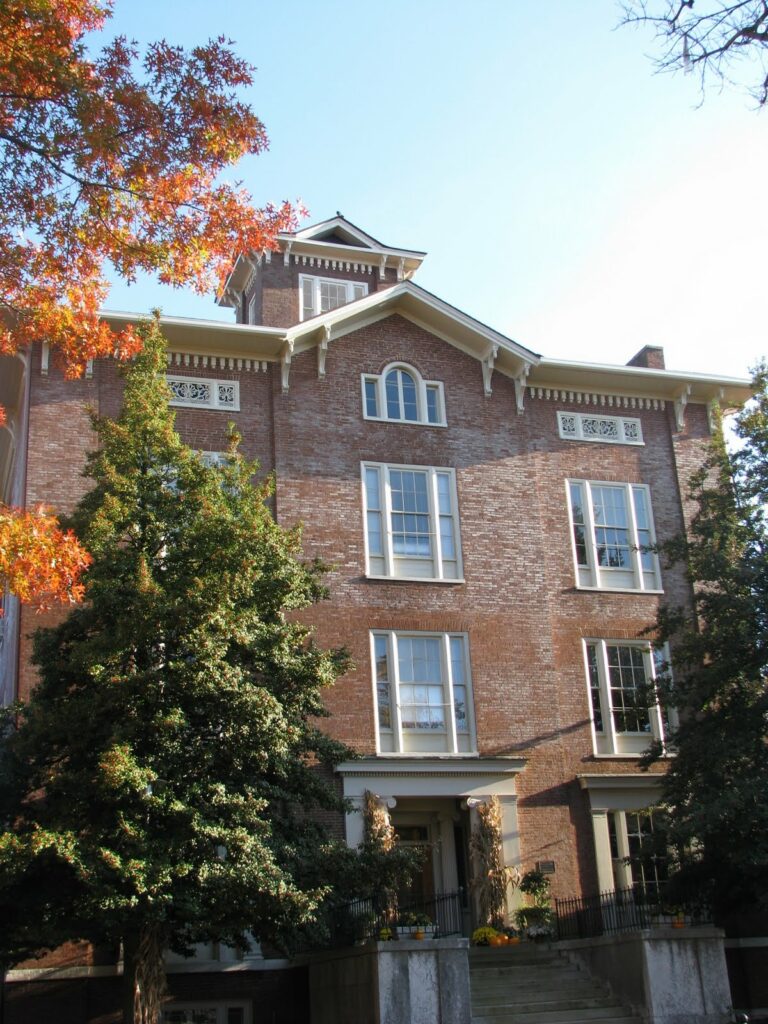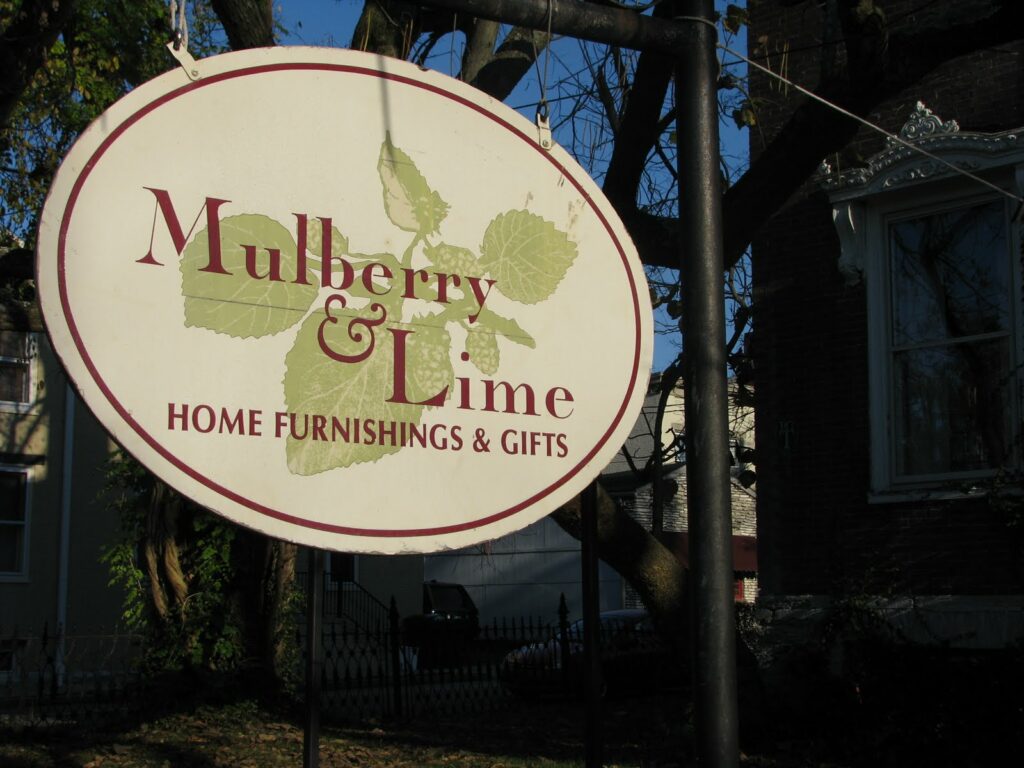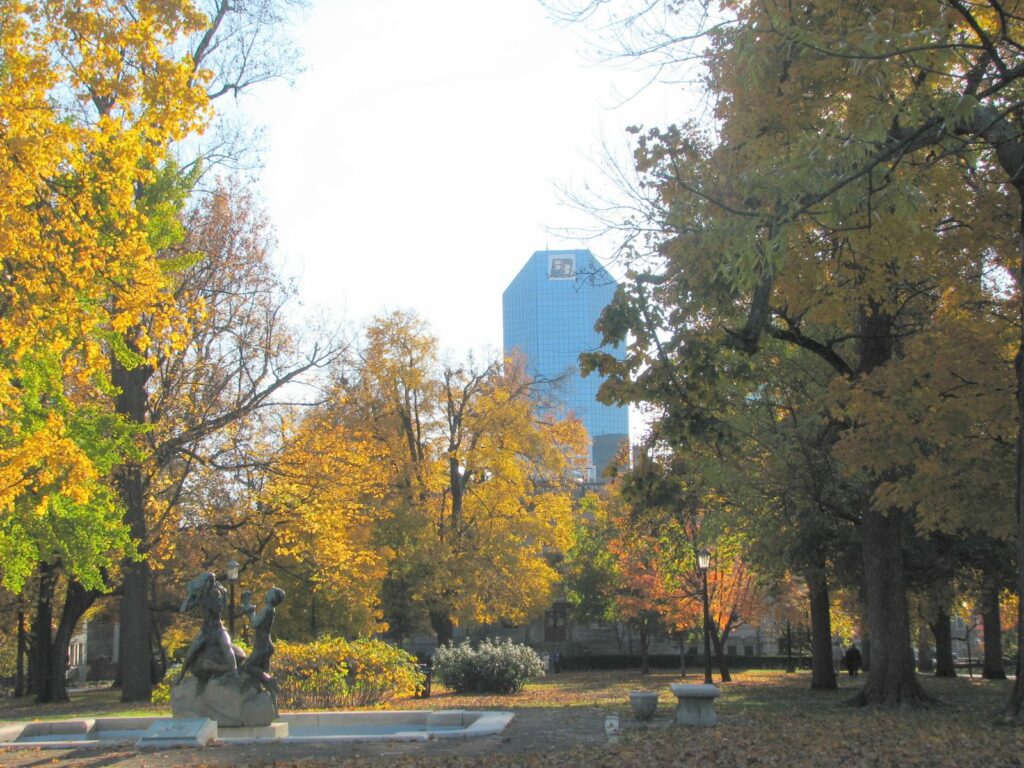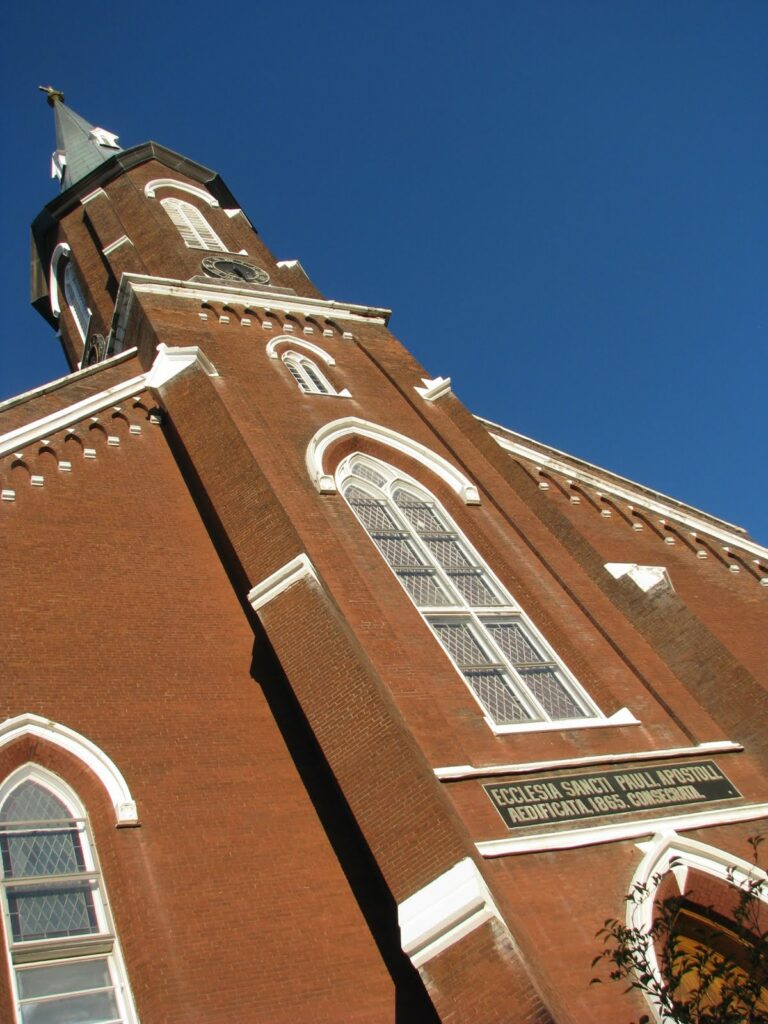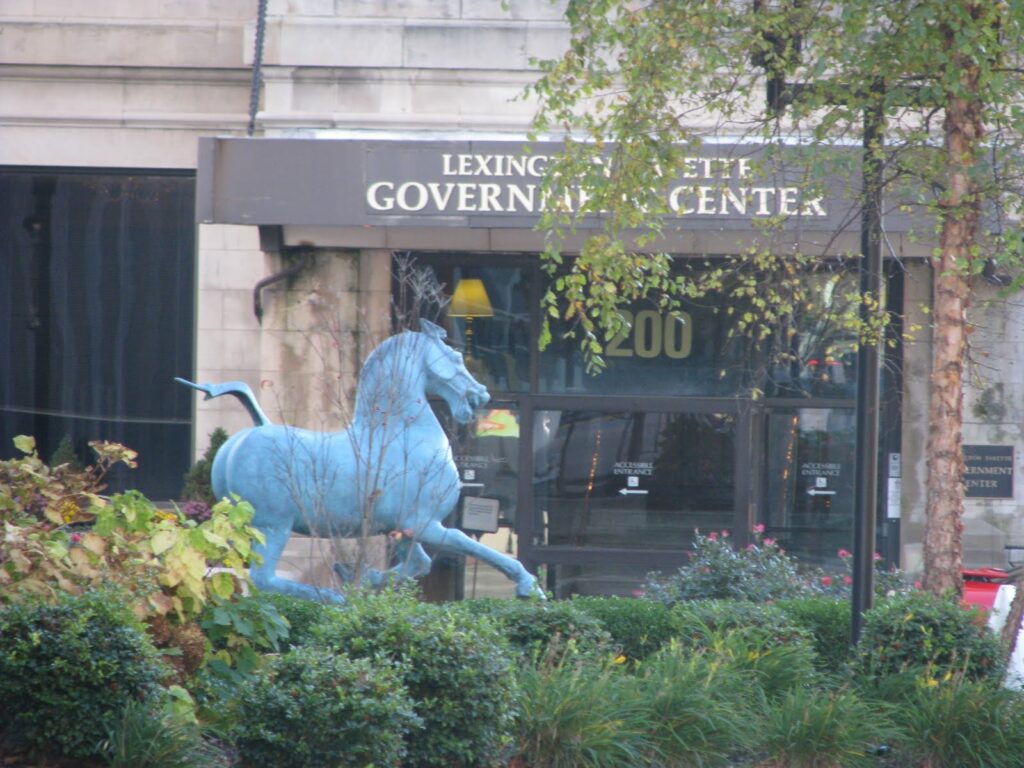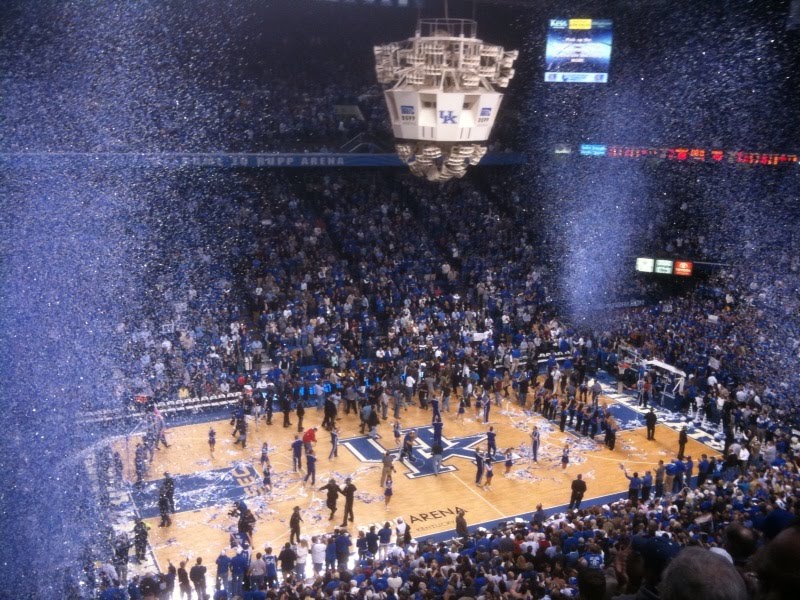
The University of Kentucky Wildcats are the winningest men’s basketball program in the country! Earlier this season, the Cats achieved a mark: 2,000 Wins. After the win over Drexel (score 88-44), the celebration began as shown above. The celebration emphasized Kentucky history – as well as its future; honors to Coach Hall, Coach Rupp and Mr. Wildcat. The crowd, which often leaves early in a blowout, remained glued to their seats long after the game ended. To date, the Cats remain undefeated this season at 18-0.
Rupp Arena has been the scene of many, many events in Kentucky’s history. It has been the home of the Wildcats since 1976. It hosted the 1985 Final Four – when Villanova upset Georgetown. Since in Rupp, Kentucky has won the National Championship three times: 1978, 1996 and 1998. The official capacity of 23,500 is routinely exceeded and record crowds continue to be reached (most recently the record was broken on Jan. 2, 2010 when Kentucky defeated Louisville 71-62 before a crowd of 24,479.
Currently, there is a proposal to build a new downtown arena for the Wildcats which would include needed amenities like luxury boxes. If this is done, the existing Rupp Arena might be converted into a smaller music venue and additional conference floor space for the Lexington Center.
I hope that readers will share in the comments their favorite Rupp Arena memories.

